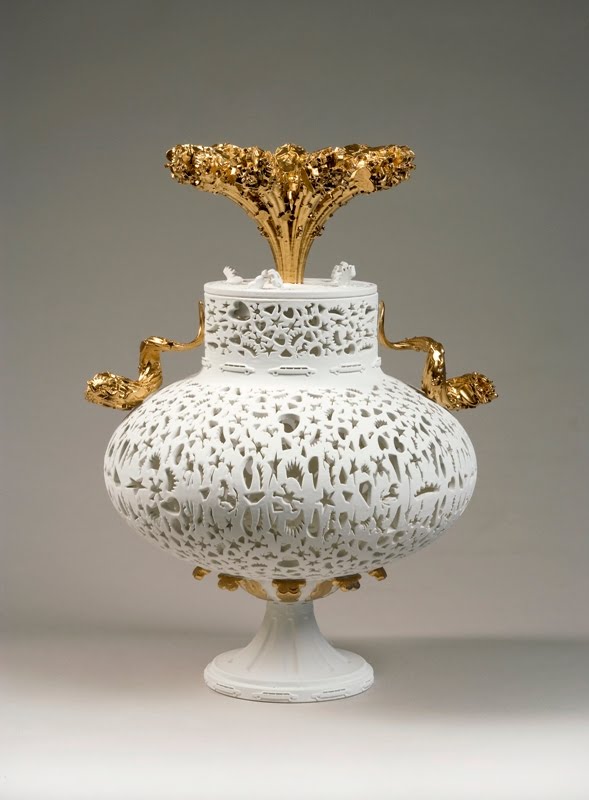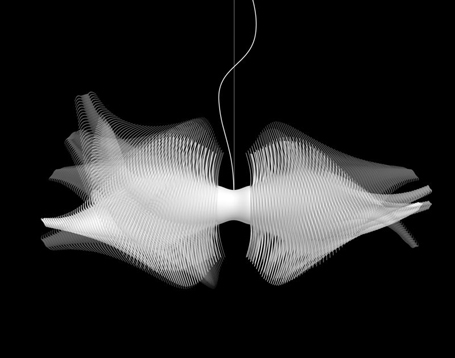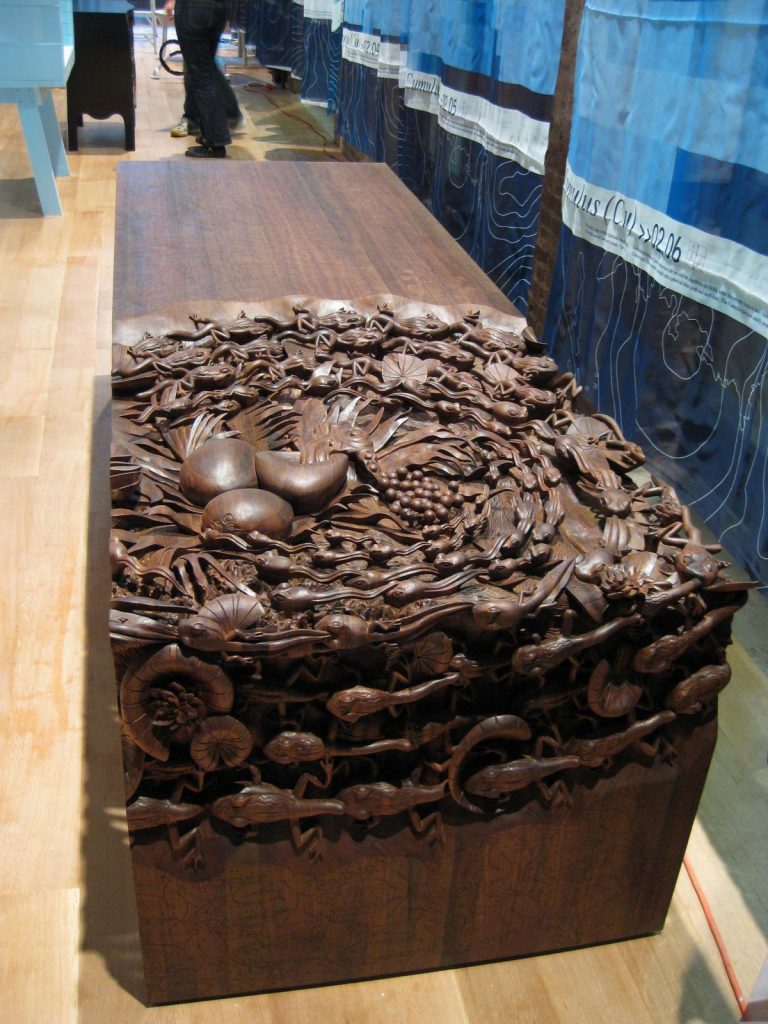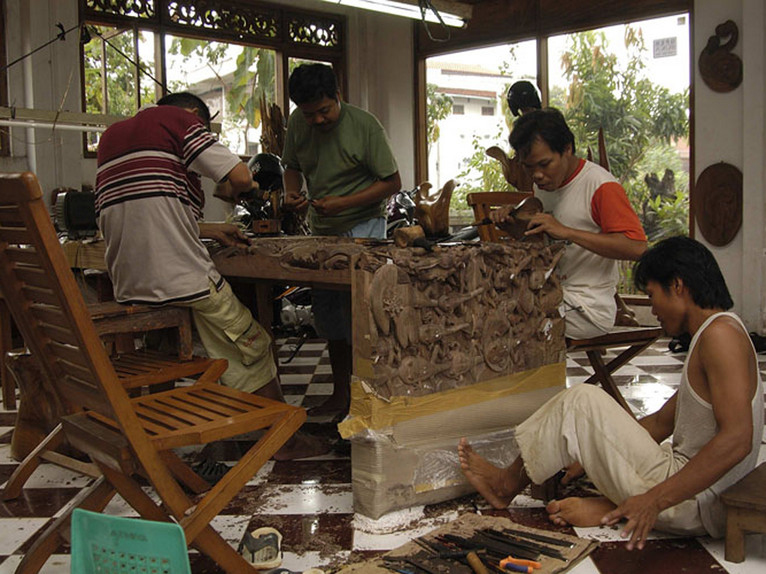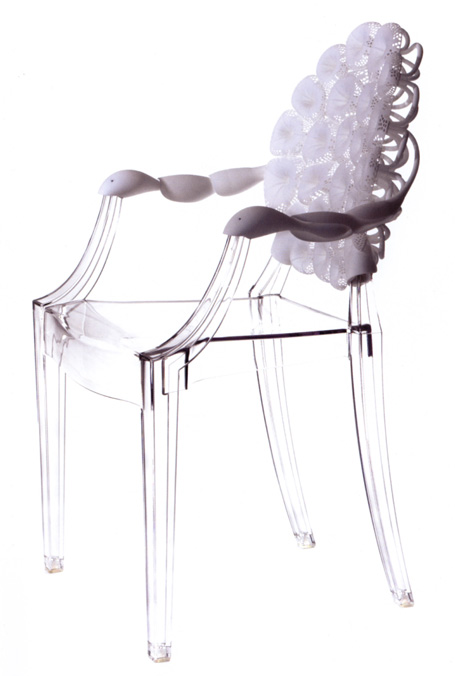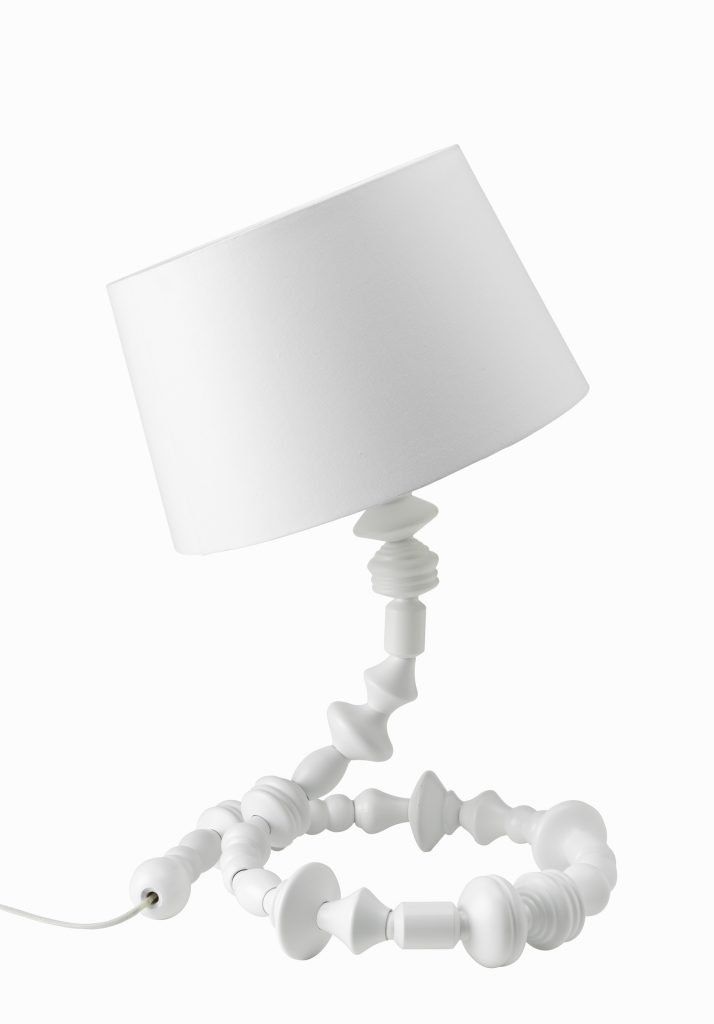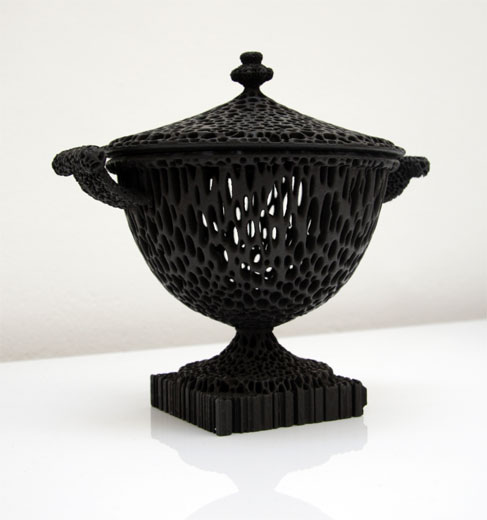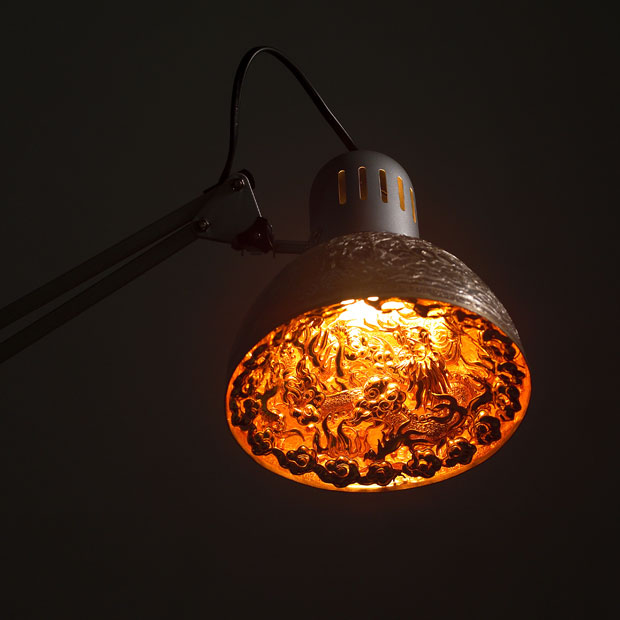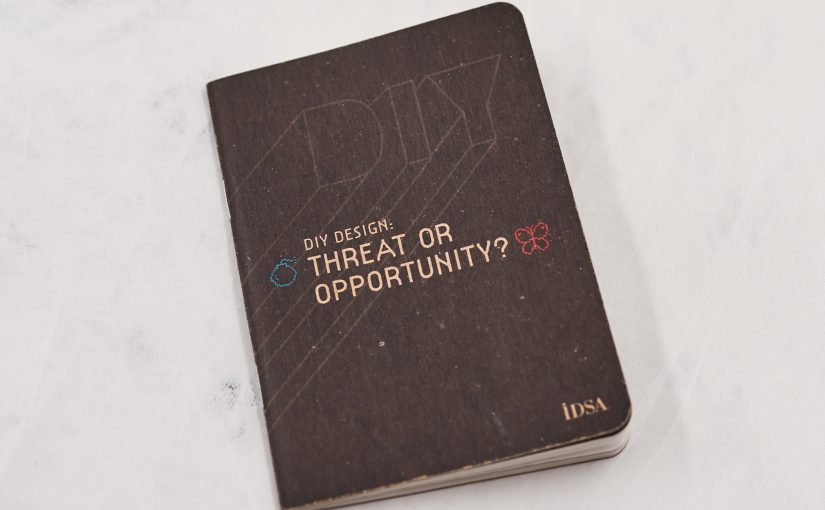A conference paper, co-written with Matt Sinclair, that I presented at the IDSA Conference 2010 DIY: Threat or Opportunity, 4th-7th August 2010, Portland, Oregon.
Abstract:
Advances in the sophistication and affordability of rapid manufacture technology has started to pave the way for home use (Malone and Lipson, 2007a; Burns and Howison, 2001). This paper explores scenarios linking the potential of such technologies to craft and DIY use. While certain forms of automation and semi-industrial processes are already familiar in this area (knitting and embroidery machines, laser cutting), it is suggested that the next stage of development will involve more complex processes, currently more closely linked to applications of rapid prototyping. The improvement in entry-level CAD software (both 2D and 3D) has brought an increasing number of unlikely end-users into closer contact with the kind of processes normally associated with mass manufacture or the professional practice of industrial design (Gershenfeld, 2005). Such users are not merely replicating industrial processes however, but are modifying and experimenting with both the machines and materials available to them. Future processes might be accessed remotely, some of them through browser interfaces, or eventually housed at home as is the case with home knitting or printing solutions. The paper presents examples from a project undertaken by postgraduate industrial design students investigating the possibilities of future manufacturing scenarios. It also demonstrates the broader potential of exploring this issue in the area of design education. Illustrative examples are taken from a project undertaken by postgraduate industrial design students and also demonstrates the potential of exploring this issue in the area of design education.
